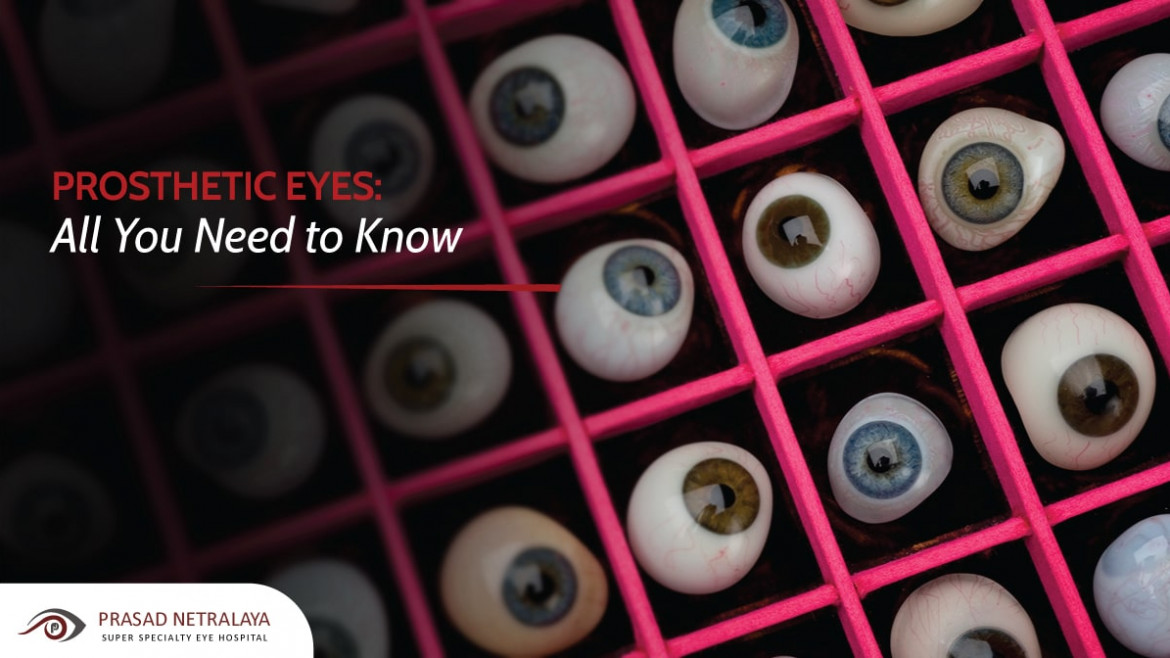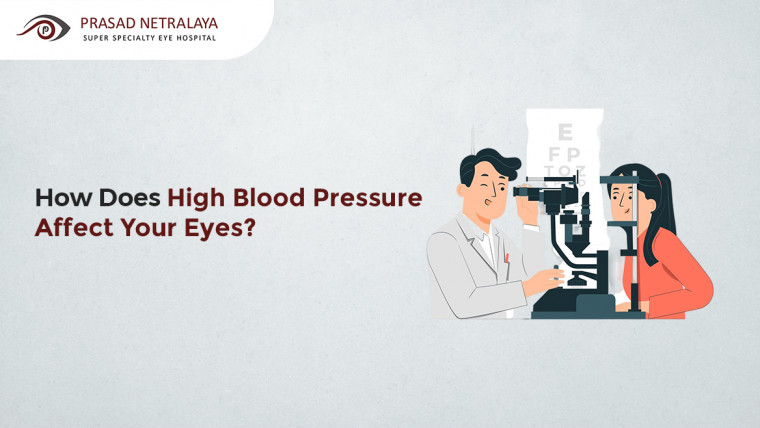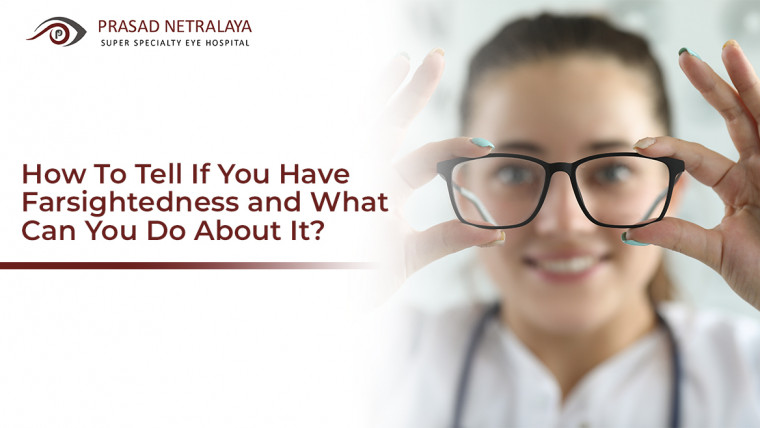Over a quarter of the world’s population — which amounts to around 2.2 billion people — suffers from vision impairment. So it should come as no surprise that researchers and scientists have been developing innovative ways to restore eyesight. Ocular prosthesis or prosthetic eyes are one such innovation.
Table of Contents
What Is Ocular Prosthesis?
Ocular prosthesis is the process of giving someone a prosthetic eye, or an artificial replacement for an eyeball. Simply put, it is an artificial eye — often referred to as a “glass eye” or “fake eye” — which covers the structures in the eye socket. A prosthetic eye is a common option for someone who has lost an eye.
Why Is a Prosthetic Eye Used?
A prosthetic eye improves the appearance of the affected eye socket, in turn helping to improve the appearance of people who have lost an eye to injury or disease. It creates a balanced facial appearance and increases comfort in the eye socket. Implanting a prosthetic eye is often recommended after an eye is surgically removed due to eye damage, disease, or problems like glaucoma and tumours. If the entire eye is removed, an ocular implant and prosthesis prevent the eye tissue from growing to fill the empty space in the eye socket.
If you were wondering if a prosthetic eye can restore vision, the answer is no. Though it is a replacement to the natural eye, one can’t see with a prosthetic eye.
What Does a Prosthetic Eye Have?
Usually, a prosthetic eye includes the following:
- An oval, whitish outer shell made of plastic acrylic — duplicating the white colour of the eye.
- A round, central portion looking like the iris and pupil of the outer eye.
- An ocular implant — which is a hard, rounded device surgically and permanently embedded in the eye socket, over which the prosthetic eye fits.
What Can You Expect in a Prosthetic Eye Surgery?
Before placement, the ocular implant is often wrapped with living tissue or a synthetic cushioning material. The prosthetic eye surgery involves the following:
- Natural Eye Removal and Ocular Implant: The natural eye may be removed through surgery for any ones of the reasons mentioned above. This removal surgery is performed under local anaesthesia. Sedating medicines and pain medicine may also be given to the patient. After this surgery, the ball-shaped ocular implant is permanently implanted and the removable prosthesis is created to fit over it.
- Healing the Eye Socket: For a few weeks post-surgery, the eye socket is kept covered. Antibiotic eye drops are prescribed. Oral antibiotics may also be prescribed initially. The eye socket is given a few months to heal.
- Building a Custom Prosthetic Eye: Once the eye socket heals, the patient is ready for a prosthetic eye. A prosthetic eye specialist, also known as an ocularist, starts with making wax impressions of the front of the eye socket. He/she then builds a customized prosthetic eye to fit over the ocular implant. The specialist also carefully paints a new iris (the coloured part of the eye) and blood vessels on the white area to match the other healthy eye.
- Adjusting to Life With a Prosthetic Eye: For some weeks post the placement of the artificial eye, additional fitting and adjustment may be needed, but this is subjective. The acrylic part of the prosthetic eye can be removed once a month, washed with soap and water, and dried before putting it back into the socket. Adjusting to life with a prosthetic eye can sometimes be physically or emotionally challenging. It is advised to give it some time and seek help from counselling or support groups in the meanwhile.
A prosthetic eye can help to boost someone’s confidence and comfort. If you are or someone you know is thinking about getting a prosthetic eye, talk to experts at Prasad Netralaya in Udupi. Our experienced staff will ensure your questions are answered, and you receive quality ocular prosthesis and ophthalmological care. Call us at +91 9513596565 or book an appointment if you wish to visit in person.
Dr. Vikram Jain, M.S. had his medical training (MBBS) from Kasturba Medical College, Mangalore, India. He did his master’s in Ophthalmic surgery from Kasturba Medical College, Manipal. He currently manages the Glaucoma department of Prasad Netralaya hospital.



